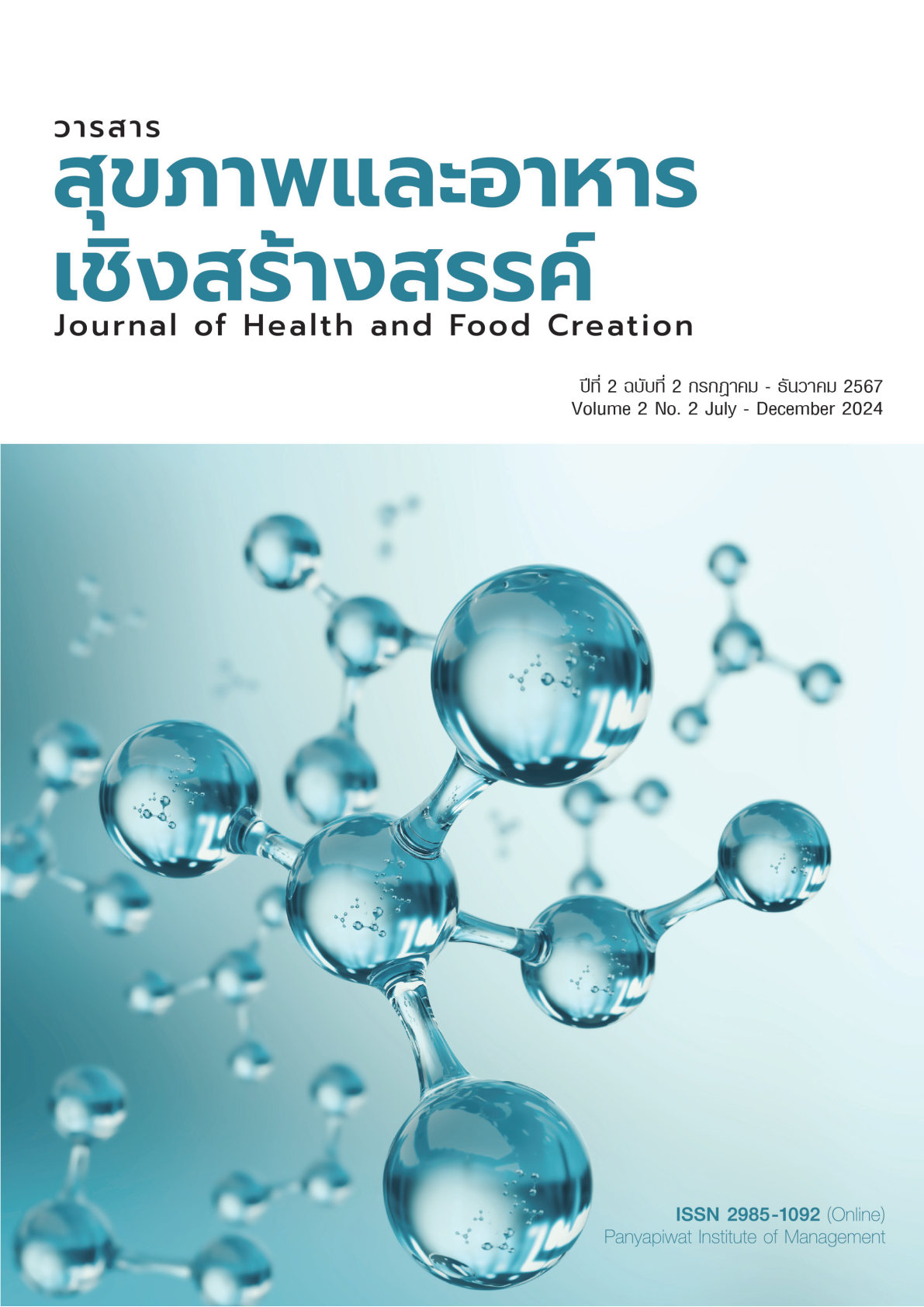AEROMEDICAL EVACUATION: ROLES OF FLIGHT NURSES IN CRITICAL CARE TO PATIENTS ON AEROMEDICAL TRANSPORT
Keywords:
Aeromedical Evacuation, Nurses’roles., Critical PatientAbstract
Aeromedical evacuation is an efficient and rapid method of transferring patients, aimed at reducing injury, disability, and mortality rates. It provides patients with the opportunity to receive treatment at healthcare facilities with advanced capabilities. The flight nurses who per-form nursing duties during aeromedical evacuation must have knowledge and understanding of the principles of aeromedical evacuation such as flight physiology, pre-flight assessment, medical team and aeromedical equipment, and truly have expertise in caring for critical patients on board both before and during the transport. This will help the patients to be transferred to the hospital quickly and safely, shortening the time for transportation and less severely affect the patients.
This article presents the flight nurse’s roles in the aircraft and it is a guideline for personnel development in preparation for taking care of patients. This will greatly reduce the death and injured rates before admit to the hospital.
References
Chainarong, I. (2019). Roles of flight nurses in stress of flight management for stroke patient: Aeromedical evacuation. Journal of Nursing Science & Health, 42(1), 140-149.
Deerungroj, E. (2021). Aeromedical evacuation: Sick or injured police officers air transportation by police medical evacuation center police general hospital. Journal of the Police Nurse, 13(1), 208-217. [in Thai]
Green, M., Harris, L., & Carter, R. (2020). Safety measures in aeromedical evacuations. Journal of Patient Safety, 27(5), 45-50.
Jodie, M., & Koshila, K. (2020). Education needs of Australian flight nurses: A qualitative study. Air Medical Journal, 39(3), 178-182.
Johnson, R., & White, C. (2021). Impact of flight altitude on critical care patients. Aerospace Medicine Journal, 42(1), 15-22.
Jones, A., & Brown, L. (2017). Intravenous therapy in critical care settings. Critical Care Nursing Quarterly, 30(2), 56-62.
Kamtip, B., & Sutham, K. (2018). Aeromedical service guideline revision health region Northern Thai sky doctor emergency. National Institute for Emergency Medicine. [in Thai]
National Institute for Emergency Medicine. (2014). Emergency aeromedical service guideline revision 2014. National Institute for Emergency Medicine. [in Thai]
National Institute for Emergency Medicine. (2019). Annual report 2019. National Institute for Emergency Medicine. https://www.niems.go.th/1/Ebook/Detail/10123?group=23 [in Thai]
Piyasuwankun, T. (2018). Southern aeromedical transport manual. National Institute for Emergency Medicine. [in Thai]
Smith, J., Johnson, A., & Lee, T. (2020). Trauma care and brain injury: Clinical guidelines. Journal of Emergency Medicine, 25(4), 123-130.
Thikhaphinya, B. (2014). Nursing care for cardiovascular and coronary heart disease during air. Journal of the Police Nurse, 6(2), 265-274. [in Thai]
Thomas, P., Williams, K., & Thompson, J. (2019). Oxygen therapy in emergency and transport medicine. Journal of Respiratory Therapy, 18(3), 98-105.
Thongpaknum, C. (2018). Aeromedical Evacuation of obstetric patients. Journal of the Police Nurse, 10(2), 422-432. [in Thai]
Verayangkura, N. (2014). Aviation physiology for aeromedical transportation: Emergency aeromedical service guideline revision (2nd ed.). National Institute for Emergency Medicine. [in Thai]
Downloads
Published
How to Cite
Issue
Section
License
Copyright (c) 2024 Journal of Health and Food Creation

This work is licensed under a Creative Commons Attribution-NonCommercial-NoDerivatives 4.0 International License.
“ข้าพเจ้าและผู้เขียนร่วม (ถ้ามี) ขอรับรองว่า บทความที่เสนอมานี้ยังไม่เคยได้รับการตีพิมพ์และไม่ได้อยู่ระหว่างกระบวนการพิจารณาลงตีพิมพ์ในวารสารหรือแหล่งเผยแพร่อื่นใด ข้าพเจ้าและผู้เขียนร่วมยอมรับหลักเกณฑ์การพิจารณาต้นฉบับ ทั้งยินยอมให้กองบรรณาธิการมีสิทธิ์พิจารณาและตรวจแก้ต้นฉบับได้ตามที่เห็นสมควร พร้อมนี้ขอมอบลิขสิทธิ์บทความที่ได้รับการตีพิมพ์ให้แก่สถาบันการจัดการปัญญาภิวัฒน์หากมีการฟ้องร้องเรื่องการละเมิดลิขสิทธิ์เกี่ยวกับภาพ กราฟ ข้อความส่วนใดส่วนหนึ่งและ/หรือข้อคิดเห็นที่ปรากฏในบทความข้าพเจ้าและผู้เขียนร่วมยินยอมรับผิดชอบแต่เพียงฝ่ายเดียว”






